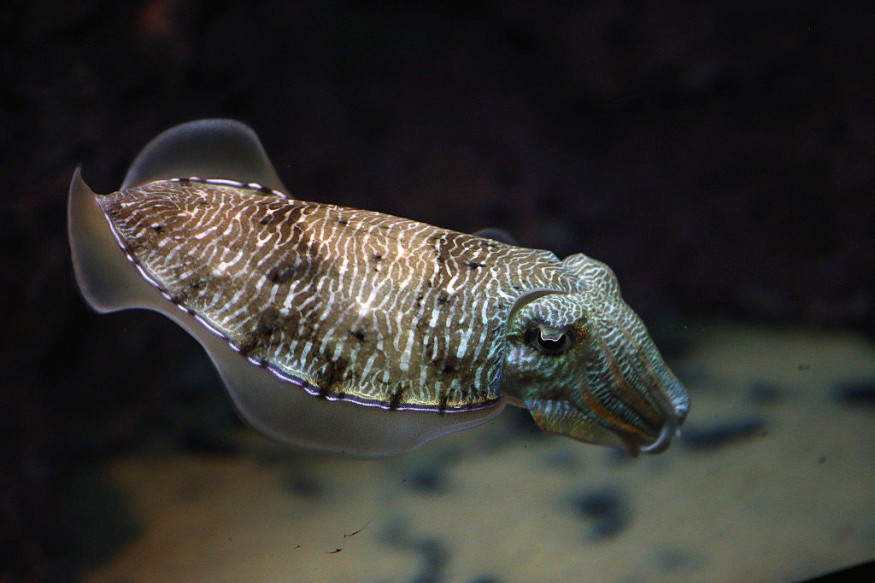Not everyone shares the same vision like certain animal creatures described in some scientific reports to have the weirdest eyes.
As specified in a ScienceAlert report, aside from the "philosophical considerations of the colors' subjective experience," various organisms have evolved to see the world differently, with eye structures and configurations optimized for different kinds of existence.
Some of these eye structures are certainly the obvious ones, like some herbivores' horizontal pupils that give them a "panoramic view of their surroundings," helping them both see predators nearing them and avoid problems as they escape from their hunters.
On the other hand, nocturnal animal hunters have vertical pupils to make the most of their night vision. Yet other types of eyes exist in the magnificent, diverse, and wide world view in ways humans may not even start imagining.
Here are three of the creatures in the animal kingdom with the strangest eyes, as indicated in this report:

1. Cuttlefish
It is the only creature with a pupil shaped like a "W", a characteristic that biologists have determined that helps the animals "balance uneven field of light," which is typical in the watery depths they live in, as indicated in a similar ScienceDirect report.
Cuttlefish only have a single kind of photoreceptor. So, they should only see in a monochromatic manner. Yet, cuttlefish's and cephalopods' strange wide pupils could facilitate a different way of viewing color by using the light that passes through a prism splits into rainbow colors.
The tinier the pupil, the tinier the effect and thus, the cephalopods' wide pupils would be extremely susceptible to it.
Although this might result in blurred images, the blur is color-reliant, which means it could be a way for such seemingly "color-blind" animals to see colors.
Unlike other cephalopods, cuttlefish eyes can swivel, enabling them to see the world in 3D, too. Recently researchers discovered that the so-called "swivelly eyes" lead to stereoscopic vision, providing cuttlefish with yet another benefit in their environment.
2. Mantis shrimps
Of all animal eyes, the most complex known in science is those of the mantis shrimps, described as the bottom-inhabiting marine crustaceans spending their life in burrows both in rocks and the seafloor.
Humans have certainly four photoreceptors, while birds have six. Mantis shrimps of the order Stomatopoda, on the other hand, the so-called "overachieving little wotsits," have 16 in their multiple compound peepers.
These photoreceptors are used by the mantis shrimps to see all of the things, although according to experts, it's hard to conceptualize what these crustaceans see.
They have unique color photoreceptors that are also sensitive to ultraviolet light. That is not unusual as some birds, insects, and even reindeer can see UV light. Mantis shrimps, as detailed in Animals Network, can view five different UV frequency bands on top of the polarized light.
A lot of animals can visualize linearly polarized light, which includes cuttlefish. Essentially, Mantis shrimps are the only creature in the animal kingdom that can see circularly polarized light known in the field of science.
3. Chitons
Typically, the eyes are made of tissue - a structure made of cells. However, for a type of marine mollusk known as a chiton, from the Polyplacophora class, it's different, as described in The Wildlife Trusts.
They could help scientists better understand evolution. For instance, trilobites also had mineral eyes that have calcite-made lenses.
Related information about creatures with the weirdest eyes is shown on Seeker's YouTube video below:
Check out more news and information on Animals in Science Times.












